Preservation of music tradition in Moslavina Croatia
http://www.croatia.org/crown/articles/9995/1/Preservation-of-music-tradition-in-Moslavina-Croatia.html
By Prof.Dr. Darko Zubrinic
Published on 07/26/2010
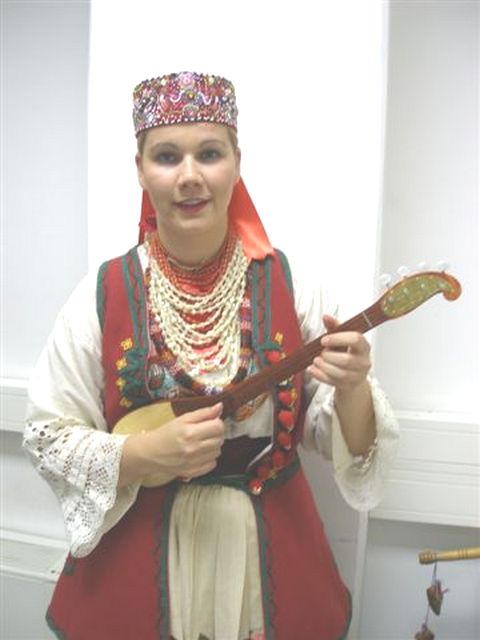
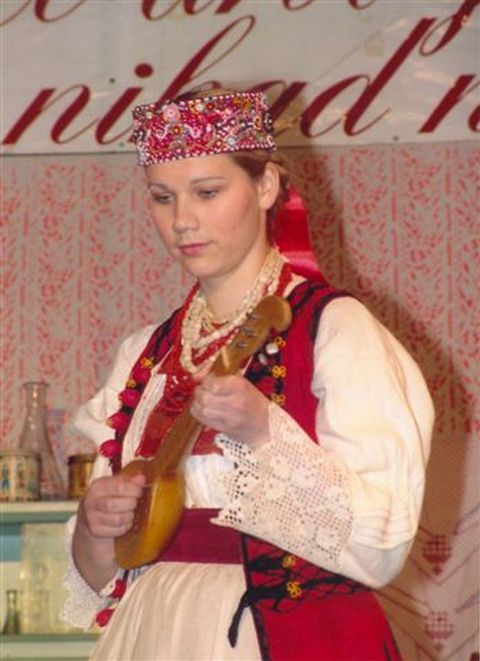

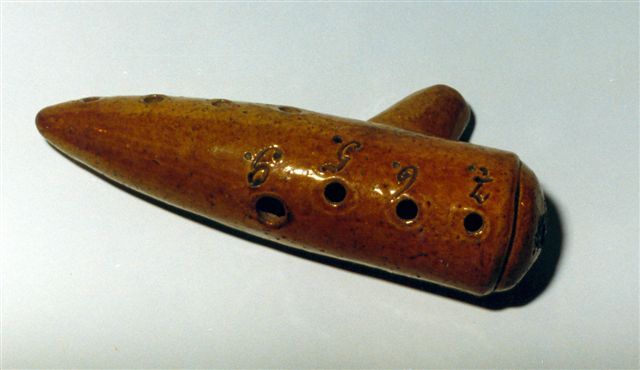


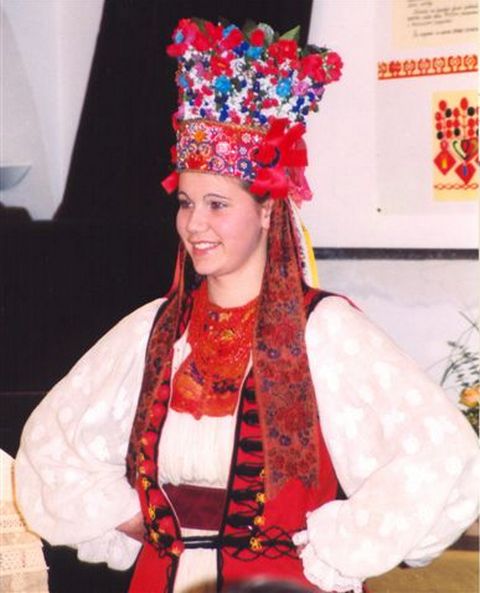
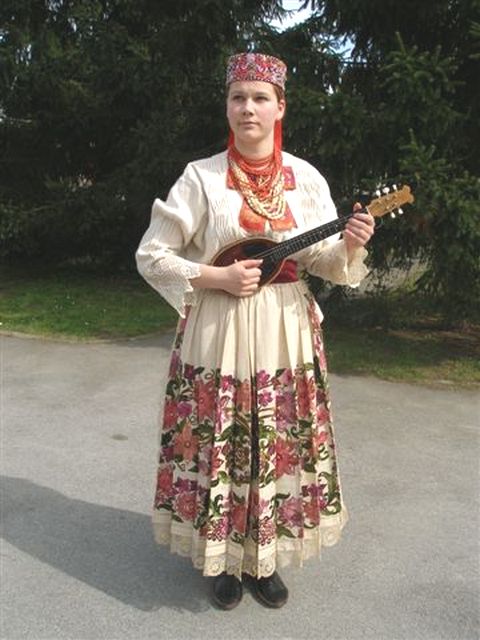
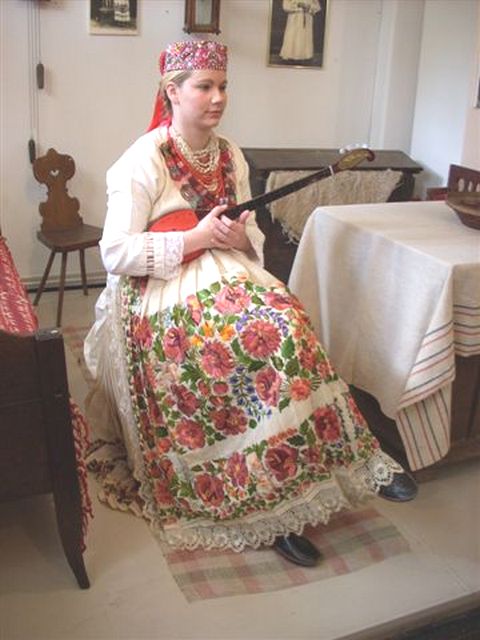

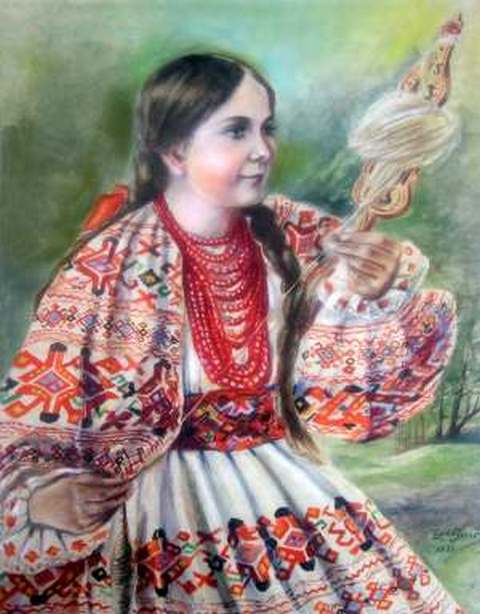
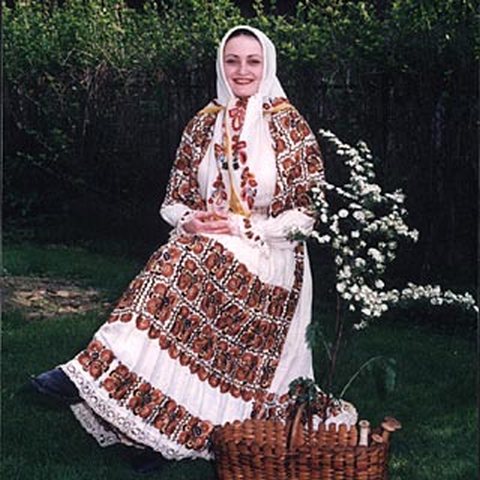
 | Lana on the left and her mother Slavica Moslavac, prof., are distinguished popularizers of Croatian music and ethnographic tradition of the region of Moslavina west of Zagreb. Collecting and publishing materials on the music heritage of Moslavina and Croatian Posavina is not sheer romantic revival of the folklore past. It is a point of positive attitude towards the own folklore heritage. |
Moslavina is simply inconceivable without music

Lana Moslavac playing samica (literally - lonely tamburitza)
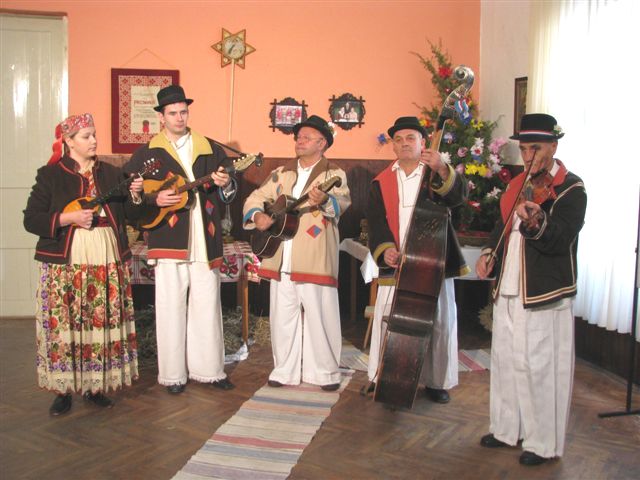

Lana Moslavac playing prim (leading!) tamburitza in the orchestra.
| Preservation of music tradition in Moslavina by Slavica Moslavac, Museum of Moslavina in Kutina, Croatia Folk life in Moslavina is simply inconceivable without music. Music is one of the most important ways of expressing thoughts and feelings. It is possible to assume that our prehistoric ancestors used music for communication, even before they learned to speak and write. Music instruments existed as early as prehistoric times. In the beginning, people used conches and hollow bones as they found them. Later they began making instruments from wood and clay. They found out that a sound was produced by plucking a tight string, so they made the first music bow. 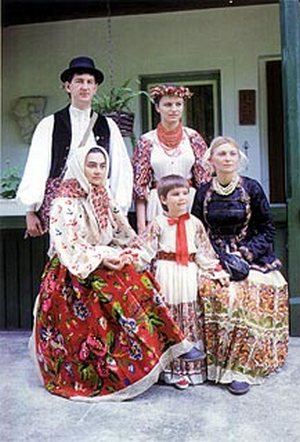 At first, music was used to accompany dances and religious rituals. The ones who first learned to enjoy music alone were the peoples of ancient civilizations in Mesopotamia, Egypt, India, China and Greece. It is difficult to estimate the time when people started to write music. The instruments did not remain the same as originally made. Some of them were changed and improved; others were abandoned without attempts of improvement, replaced by some newly-invented ones. Moslavina and Croatian Posavina The traditional way of life in Moslavina and Croatian Posavina (Sava River Valley) started to change systematically between the two world wars and particularly so after World War Two. The changes came as a result of the migration of rural population into cities on one hand, and the rapid rural development on the other, with the rural population adopting numerous novelties coming from the city. They considered everything coming from the city exceptionally valuable, progressive and exemplary, while underrating their own folk culture. Becoming aware of the irreversible loss of folk values, the Seljačka Sloga (Peasant Concord) cultural and educational organizations were restored on November 10, 1935, after a six-year-break, to promote educational, economic, and with strengthening of HSS also its political role. It was at that very time that the peasantry became the main subject in public life and cultural creativeness. During the five-year-period these organizations achieved great success – they managed to gather thousands of peasants and founded an exceptionally large number of branches.  Typical wooden architecture of the Moslavina region. 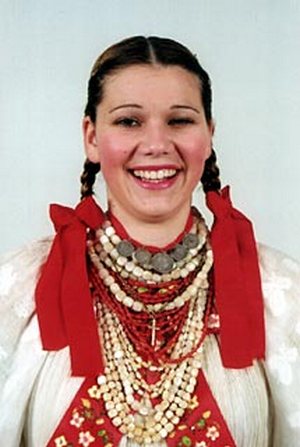 Collecting and publishing materials on the music heritage of Moslavina and Croatian Posavina is not sheer romantic revival of the folklore past. It is a point of positive attitude towards the own folklore heritage. This seems to be especially important today, when it is necessary to bring to public attention (and with a good reason, too) the values that our rich and diverse music past has to show. |


| Selected instrumental examples of Croatian folk music from the Moslavina region perfomed by Lana Moslavac Example 1 [mp4] samica Example 2 [mp4] flute (dvojnice) Example 3 [mp4] ocarina Example 4 [mp4] bagpipe Example 5 [mp4] flute (dvojnice) Example 6 [mp4] ocarina Many thanks to prof. Lana Moslavac for submission of these examples. |

Croatian version of ocarina, wind instrument made of clay.

Lana Moslava playing flute...
and bagpipe.


Lana Moslavac playing prim tamburitza,...

and samica.

Lana Moslavac, samičarka - samica player

Lana Moslavac, samičarka - samica player



| Acknowledgements. Many thanks to Slavica Moslavac, prof., and her daughter Lana for submitting text, photos and music recordings. Mrs. Slavica is employed as adivsor of the Museum of Moslavina in the town of Kutina. She is the author of numerous richly illustrated monographs dealing with various aspects of ethno tradition of Moslavina: music, architecture, national costumes, customs, etc. |
Formated for CROWN by prof.dr. Darko Žubrinić
Distributed by www.Croatia.org . This message is intended for Croatian Associations/Institutions and their Friends in Croatia and in the World. The opinions/articles expressed on this list do not reflect personal opinions of the moderator. If the reader of this message is not the intended recipient, please delete or destroy all copies of this communication and please, let us know!